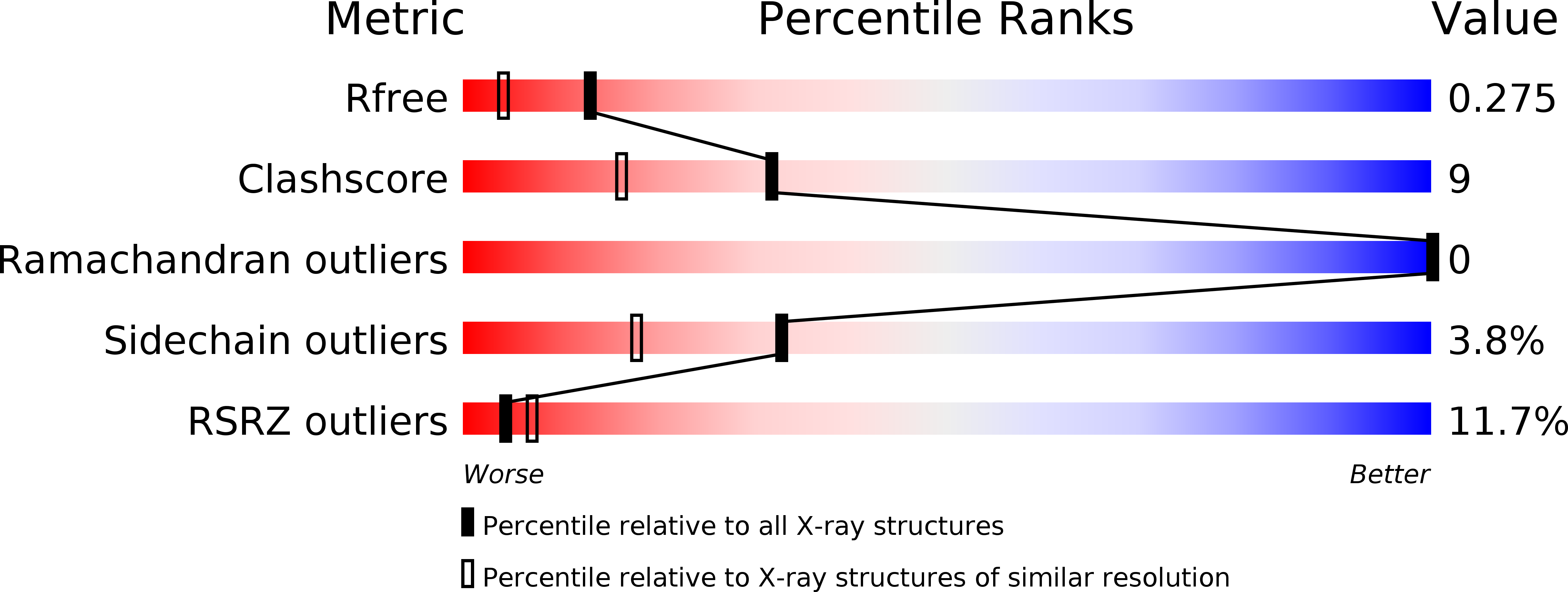
Deposition Date
2018-01-14
Release Date
2018-07-25
Last Version Date
2024-01-17
Entry Detail
PDB ID:
6FHE
Keywords:
Title:
Highly active enzymes by automated modular backbone assembly and sequence design
Biological Source:
Source Organism:
synthetic construct (Taxon ID: 32630)
Host Organism:
Method Details:
Experimental Method:
Resolution:
1.93 Å
R-Value Free:
0.27
R-Value Work:
0.24
Space Group:
P 41 21 2


